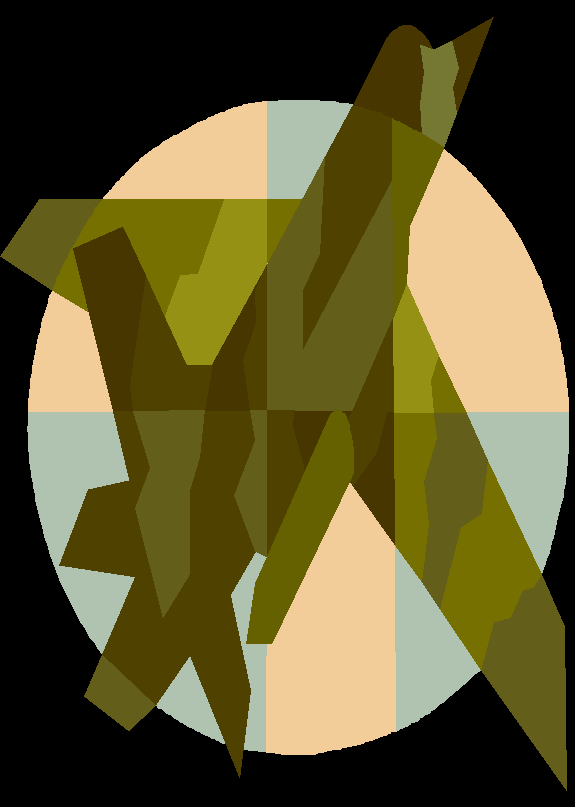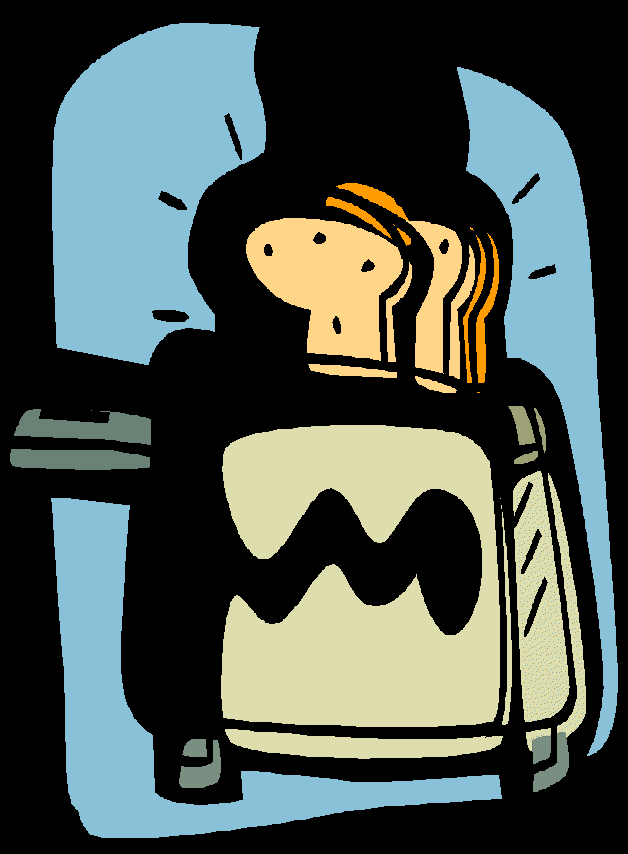- Учителю
- Урок по теме Умные изобретения
Урок по теме Умные изобретения
CLEVER INVENTIONS
Цели:
-
Систематизация коммуникативных компетенций учащихся посредством технологии уровневой дифференциации.
-
Развитие грамматических и лексических навыков по теме «Изобретения», Past Simple.
-
Поддержание интереса учащихся к изучению английского языка.
-
Воспитание толерантности.
Результаты обучения:
Минимальный уровень:
Учащиеся должны уметь распознавать изученную информацию, составлять монологическое высказывание по образцу.
Общий уровень:
Учащиеся должны владеть минимальным уровнем, уметь самостоятельно анализировать информацию, составлять монологическое высказывание по заданной теме.
Продвинутый уровень:
Учащиеся должны владеть общим уровнем, уметь составлять письменный ответ на проблемный вопрос, анализировать информацию, обосновывать собственные примеры и оценки, самостоятельно работать с учебной и справочной литературой.
Ход урока:
T: Good afternoon. I think you are fine today and you'll work as hard as you work every day. You have an unusual lesson because I'm your teacher . My name is Olga Leonidovna. Glad to see you.
S: Glad to see you too.
T: Look around! You've already understood that the topic of our lesson is CLEVER INVENTION. Inventions here, inventions there, inventions shook the world,… So, what inventions do you know?
S: computer, washing machine, telephone,…
T: What inventions do you use every day?
S: calculator, cd player,….
T: Can you say, please what do you use it for?
S: I use player for listening to music.
T: Great! And what about the great inventors, do you know them?
S: I know Mendeleev, Edison,…
T: OK, continue my phrase, please. H. Ford invented…… A. Bell invented….
T: Thank you, and what should we do today, what is the aim of our lesson? To do it you should guess the puzzle.
-
It is the surname of a man who invented the first model of a car on gasoline.
-
It is the name of a man who created the first family park.
-
It is the invention for youth to listen to music.
T: We'll fly……. to the past. What kind of transport do you prefer?
S: a car, a plane, a special car,..
T: OK, let's fly, but we have only one part of it. Let's create another.
S: OK.
T: Your task is try to put these verbs in Past Simple. Signal cards will help you.
-
Faraday ….. how to make an electrical motor.
g) become j) became h) will become
-
April12,1961 the first manned space flight ……. place.
u) took y)take i) taken
-
Leonardo da Vinci …….. a machine with wings and ropes and pedals.
t) make r) will make i) made
-
The atom bomb …. off in 1945.
c) went d) go f) gone
-
Morse …..able to invent electro-magnetic telegraph.
e) was z) were x) be
-
Artamonov ……. the first model of a bike.
a)invent b) invention r) invented ответ: juicer
Your task is put these words into correct order.
-
founded, chemical laboratory, Lomonosov, in 1748, the first.
-
lasted, Tereshkova's, 3, flight, days.
-
The electric, was, Edison, light, invented, by.
-
in 1895, Popov, radio, the first, scientist, invented, Russian.
-
"Philips", cd disk, firm, the first, made, in 1977
Your task is find and correct the mistakes:
1. The atom bomb will never go off, and I speak as an expert in explosives. (Admiral William Leahy, 1945)
2. Aeroplanes will be fast, they will be used in sport, but they will never be good for passengers. (Popular Sciences Monthly, 1904)
3. We see the railway as completely impractical. (Quarterly Review, 1825)
4. There is no reason anyone is going to want a computer in their home. (Ken Olson, President of Digital Equipment Corp., 1977)
5. With over 50 foreign cars already on sale here, the Japanese auto industry isn't going to get a big share of the US market: (Business Week, 1968)
T: Great. Look we have the second part of our car. To make the third part you should.
1group: You should match the parts of the text.
1. Faraday set in order in1867
2. He discover how to the effect of passing an electricity
3. He built the first generator
4. He discovered the make an electrical motor
5. He died all the work of the scientists
2 group: You should give the right answers to the questions and you'll get a story.
1.When was he born?
2.What did he discover in 1823?
3.What did he build in 1831?
4.What did he discover in 1833?
5.What was the result of his work?
3group: Make a story using these words and give the title.
was born (1791), set in order, in 1823, electrical motor, in 1831, the first generator, dynamo, in 1833, the effect of passing an electric current, called, the laws of electrolysis, refreshment of metals, as a result of Faraday's work, Bell, Edison.
Faraday puts electricity to work
1. Michael Faraday, who was born in 1791 and died in 1867, gathered together and set in order all the work of the scientists who had worked on electrical problems before him.
2. In 1823, he discovered how to make an electrical motor. In 1831, he built the first generator, then called it dynamo. The modern car has both a starting motor and a generator. The starting motor draws electric current from the car battery to start the powerful gasoline engine. The generator is driven by the gasoline engine to recharge the battery and to furnish electric power for all the electrical conveniences in the car.
3. In 1833, Faraday discovered the effect of passing an electric current through certain solutions. He called these effects the laws of electrolysis. This has made possible the refinement of metals, silver and gold plating, and the manufacture of many chemical products.
4. As a result of Faraday's work, Morse was able to invent the electro-magnetic telegraph, Bell, the telephone, and Edison, the electric light.
T: Look! We have the third part and we can fly. Oh! No! We can't fly because it hasn't the name, may be it has some advantages and disadvantages. You think at home and tell everybody at the next lesson.
I think you worked hard today and show your best work, what do you think about your work.
S: We worked together very hard and everybody were the best.
T: Thank you and now show me what kind of transport is convenient for you at the end of our lesson? Good bye!




